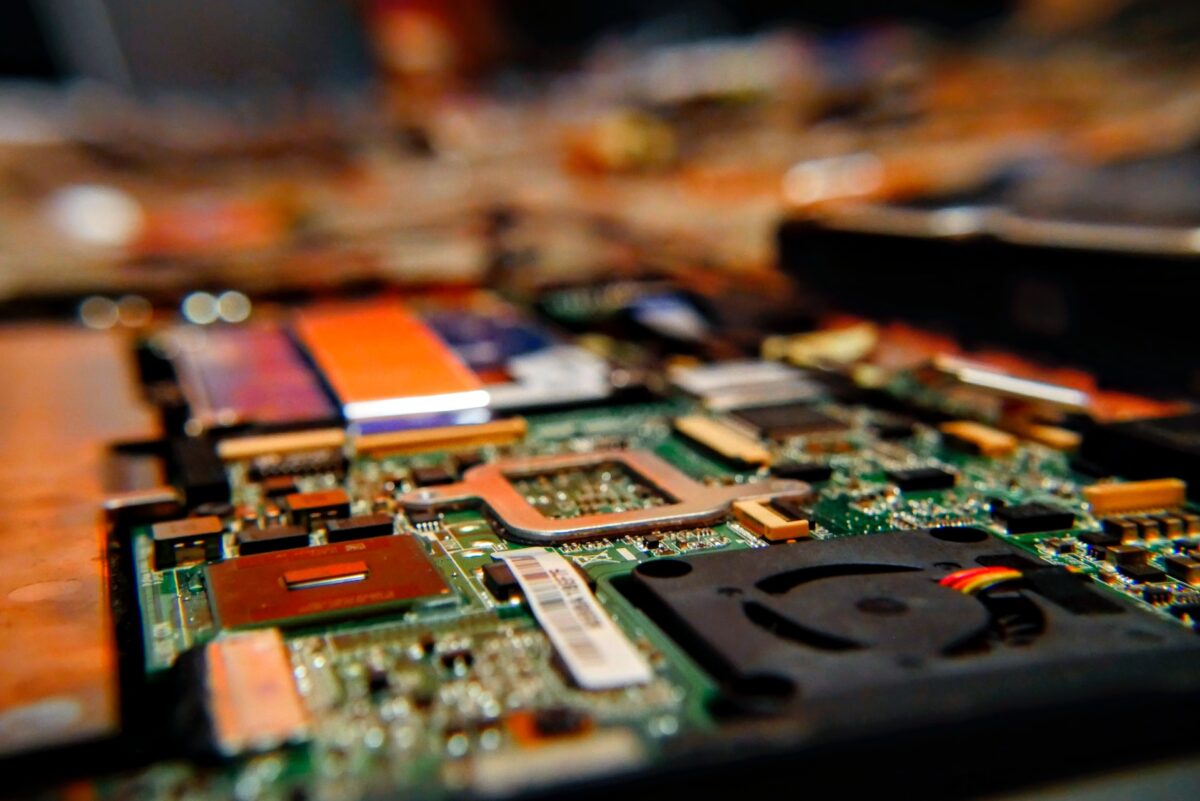How Does the Computer Recycling Process Work?: A Guide

With the rapid advancement of technology, computers have become an essential part of our lives. They help us to work, communicate, and entertain ourselves. However, like any other electronic device, computers have a lifespan. When a computer reaches the end of its useful life, it becomes electronic waste or e-waste.
These e-wastes can be hazardous to the environment if not disposed of properly. Recycling these e-wastes can help to reduce the environmental impact of electronic devices. This article will discuss the computer recycling process and how it works.
1. Collection
The first step in the computer recycling process is collection. Collection involves gathering e-wastes from individuals, businesses, and organizations. There are various ways of collecting e-wastes, such as drop-off centers, pick-up services, and mail-back programs. Drop-off centers are locations where individuals can deposit their e-wastes, and they are usually located in public places such as supermarkets, schools, and community centers.
Pick-up services involve a recycling company picking up e-wastes from businesses and organizations. Mail-back programs involve shipping e-wastes to a recycling company.
2. Sorting and Inspection
After collection, the e-wastes are transported to a recycling facility for sorting and inspection. Sorting involves separating the e-wastes into different categories based on their type, such as computers, printers, and monitors.
Inspection involves checking each device to determine its condition, age, and brand. This process determines if the device can be refurbished, reused, or recycled. If the device is deemed unusable, it is sent for recycling.
3. Data Destruction
Before the recycling process can begin, all data on the device must be destroyed. Data destruction involves removing all personal and sensitive information from the device, such as passwords, credit card information, and personal files.
This process ensures that any confidential information is not accessible to anyone else. Data destruction can be done manually, using software, or by physically destroying the hard drive.
4. Disassembly
After data destruction, the device is disassembled into its various components. Disassembly involves removing the plastic casing, screws, wires, and other components.
The device is then broken down into its individual components such as circuit boards, hard drives, and power supplies. These components are then sorted into different categories based on their material type, such as plastic, metal, and glass.
5. Material Recovery
After disassembly, the components are sent for material recovery. Material recovery involves extracting valuable materials from the components, such as gold, silver, copper, and aluminum.
These materials are then sold to manufacturers who use them to make new electronic devices. Recycling these materials reduces the need for mining and the environmental impact of extracting new materials.
6. Responsible Disposal
The final step in the computer recycling process is responsible disposal. Responsible disposal involves disposing of the components that cannot be recycled in an environmentally friendly way.
These components are sent to a landfill or incinerator, where they are disposed of in a way that minimizes their environmental impact. Responsible disposal ensures that any hazardous materials are not released into the environment.
Conclusion
Recycling e-wastes reduces the environmental impact of electronic devices and helps to conserve natural resources. By understanding the computer recycling process, individuals and businesses can make informed decisions about disposing of their e-wastes.
Are you looking for a responsible and reliable electronics recycling company in Atlanta? Join Green Atlanta Recycling in protecting the environment while disposing of your electronics responsibly. Get in touch with us today to learn how.